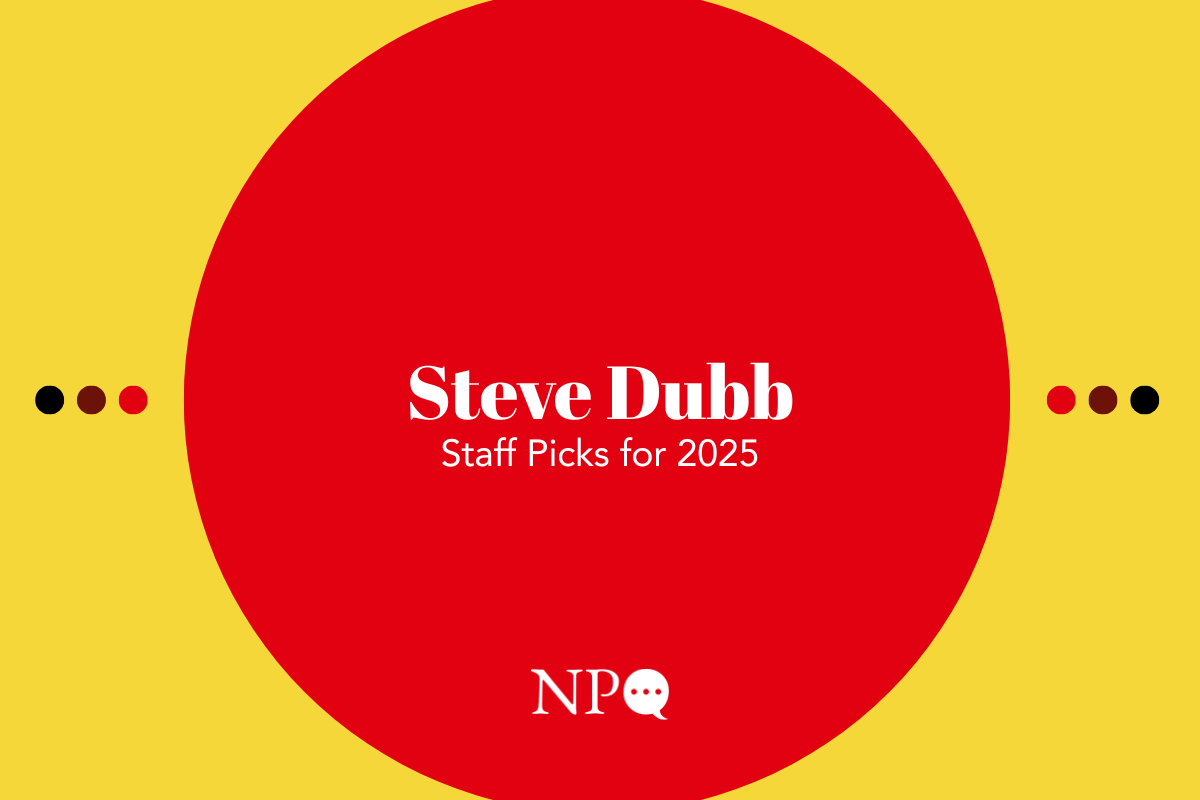
November 28, 2017; Voice of San Diego
When Matt D’Arrigo, the founder of ARTS, a sixteen-year-old nationally known nonprofit youth arts education center, left the CEO position in June of this year, it was apparently almost the death of the organization. This, despite the fact that it had enjoyed a good deal of growth over a five-year period.
In 2013, the organization won an Oscar for a documentary it produced about a teenager with whom it had worked. It moved into a more expensive location and, last year, it launched a massive effort to revamp public spaces by engaging community members in design. Quite simply, according to D’Arrigo, the organization grew beyond its capacity to sustain renewable funding.
The financial pressure was really coming to bear as D’Arrigo left. D’Arrigo’s successor, Marty Remmell, left after only four months on the job; after securing a large turnaround grant, she recommended the “indefinite suspension of all operations and an organized closure.” In her opinion, the closure was necessary because unrestricted general operating funds were unavailable.
Sign up for our free newsletters
Subscribe to NPQ's newsletters to have our top stories delivered directly to your inbox.
By signing up, you agree to our privacy policy and terms of use, and to receive messages from NPQ and our partners.
But now, not only is the organization still alive, but D’Arrigo is back as a part-time consultant, convinced that the effort can be saved even if operations must scale down, agreements need to be renegotiated, and new partnerships have to be developed. Part of the careful planning to come may mean talks with funders regarding the organization’s full cost needs.
This scenario, unfortunately, is anything but unique. Popularity with philanthropy and any resultant growth is an enticing temptation for a passion-centered organization. You tend to believe that it will just go on and on, and that is almost always folly. The ratios between restricted and unrestricted money, renewable and nonrenewable income, can get out of whack, and your earned income projections may be off without sufficient cushion to allow for such stuff.
“We never had a huge financial cushion,” D’Arrigo said. “Part of my burnout was that I was constantly on a hamster wheel of raising money. My job was constantly keeping it together…that’s one of the reasons I left. And it wasn’t as strong as was needed in order to successfully do a founder transition.”
One thing we know from experience is that these situations are rarely recoverable simply on the basis of money in the bank. Social and human capital will need to be worked to right-fit the organization in its pared-down state to its environment, and it is likely that the founder will know what doors to knock on. Still, we do hope he takes some time to find skilled advisors to help with rightsizing, because that is never easy or completely straightforward.—Ruth McCambridge











